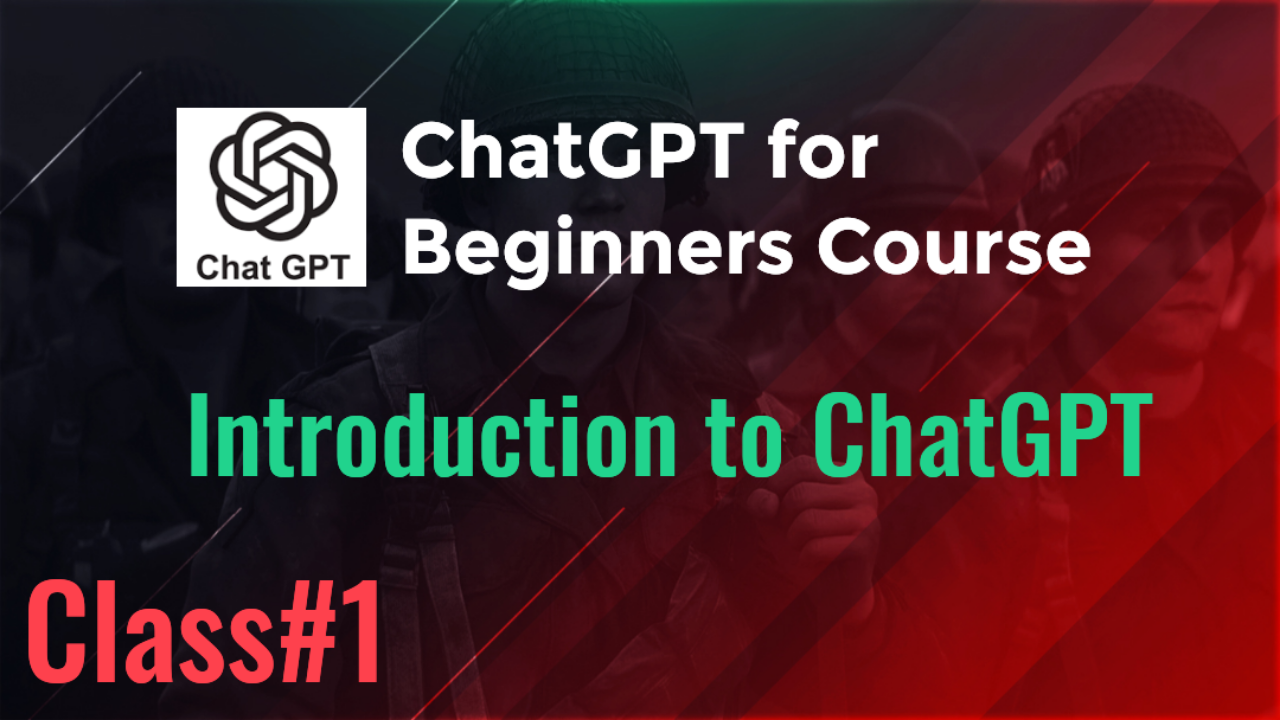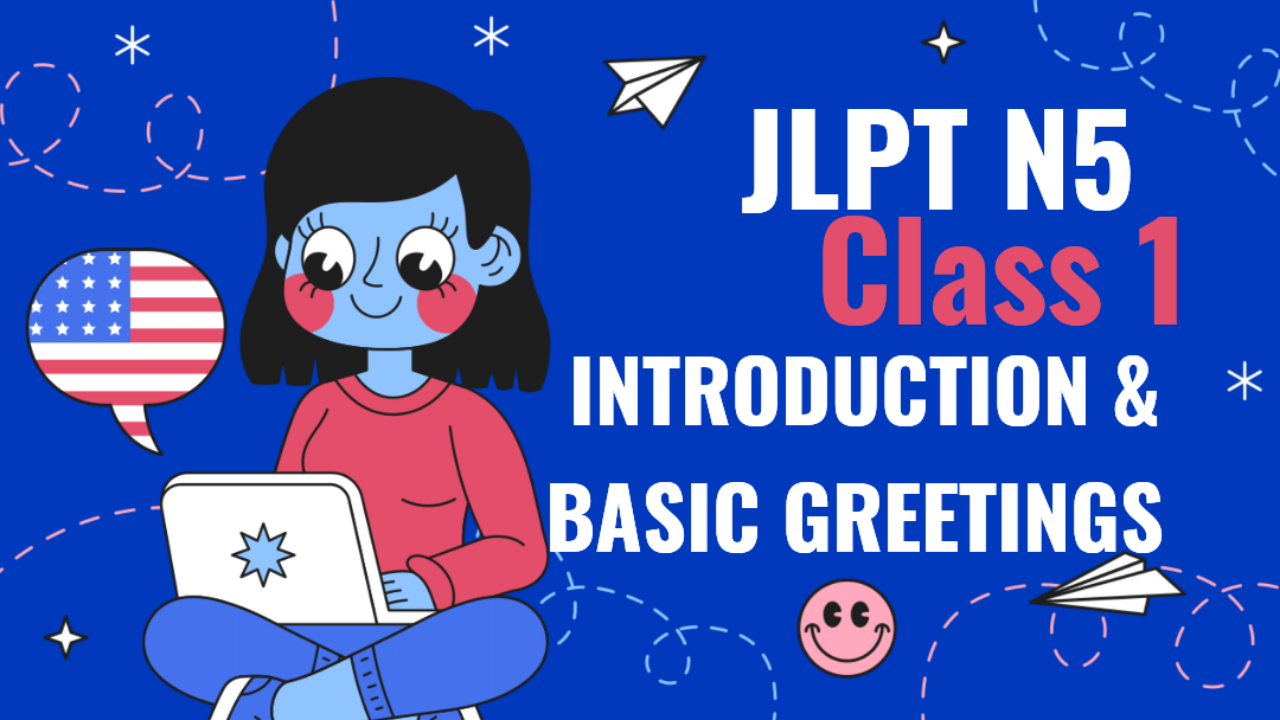MMPC-001: Management Functions and Organisational Processes
Unit 2: Evolution of Management Thought
Unit 2 focuses on the development and evolution of management theories and practices over time. It provides a historical perspective on how management thought has progressed from early theories to contemporary approaches. Below are the main points from the unit.
1. Early Classical Approaches
-
Scientific Management (Frederick Taylor): Taylor's approach focused on improving efficiency through scientific analysis of work processes. The main elements include:
- Work Study: Analyzing tasks to find the most efficient methods.
- Standardization: Setting standard procedures and tools for all workers.
- Time and Motion Study: Measuring the time taken for tasks to determine the best way to execute them.
- Incentive System: Linking worker pay to productivity to increase efficiency.
-
Administrative Management (Henri Fayol): Fayol introduced the concept of general management and developed principles that could be applied to all types of organizations.
- Fayol’s 14 Principles of Management: Principles like division of work, authority and responsibility, discipline, unity of command, and esprit de corps.
-
Bureaucratic Management (Max Weber): Weber introduced the concept of bureaucracy as an ideal form of organization based on clear rules and hierarchical authority.
- Features of Bureaucracy: Defined hierarchy, formal rules, impersonal relationships, and career advancement based on merit.
2. Behavioral Approach
-
Hawthorne Studies (Elton Mayo): The studies conducted at Western Electric’s Hawthorne plant revealed the importance of social factors in the workplace.
- Hawthorne Effect: Workers' productivity improved when they received attention from managers, showing the importance of psychological and social aspects in motivation.
-
Human Relations Movement: The movement emphasized the importance of interpersonal relationships, leadership styles, and employee morale in enhancing productivity.
-
Theory X and Theory Y (Douglas McGregor): McGregor introduced two contrasting views of human nature:
- Theory X: Assumes employees are inherently lazy, dislike work, and must be closely supervised.
- Theory Y: Assumes employees are self-motivated, enjoy responsibility, and can work independently if given the right environment.
3. Quantitative Approach
-
Operations Research: This approach involves using mathematical and statistical models to solve management problems related to operations, resource allocation, and decision-making.
- Decision Models: Techniques like linear programming, queuing theory, and simulation are used to optimize production, inventory management, and supply chains.
-
Management Science: An extension of operations research, management science uses sophisticated models and techniques to solve complex organizational problems and improve decision-making processes.
4. Systems Approach
-
Concept of Systems: The systems approach views an organization as a system composed of interrelated parts working together to achieve a common goal.
- Open Systems: Organizations interact with the external environment (customers, suppliers, regulators) and must adapt to changes.
- Closed Systems: A theoretical concept where the organization does not interact with its external environment, but in practice, most organizations are open systems.
-
Subsystems: Departments or units within an organization are seen as subsystems that must work together for the organization to function efficiently.
5. Contingency Approach
- Situational Management: The contingency approach argues that there is no single best way to manage. The best approach depends on the situation, environment, and circumstances.
- Managerial Flexibility: Managers must be adaptable and flexible, using different styles and strategies based on the specific context.
- Factors Affecting Management Style: Factors like organizational size, technology, leadership, and the external environment dictate the best management practices in different situations.
6. Modern Approaches
-
Total Quality Management (TQM): Focuses on continuous improvement in all aspects of operations, emphasizing customer satisfaction, employee involvement, and process optimization.
- Principles of TQM: Customer focus, process improvement, and teamwork.
-
Learning Organization (Peter Senge): This approach focuses on creating organizations that are capable of continuous learning and adaptation.
- Five Disciplines: Personal mastery, mental models, shared vision, team learning, and systems thinking.
-
Lean Management: Originating from Toyota’s production system, lean management aims to eliminate waste and improve efficiency by streamlining processes and focusing on value-added activities.
- Lean Principles: Value stream mapping, continuous improvement (Kaizen), and just-in-time production.
Conclusion
Unit 2 outlines the evolution of management thought from the early classical theories to the modern approaches that incorporate behavioral, quantitative, and situational elements. Each approach offers unique insights into how managers can effectively lead organizations, and the unit highlights the importance of adapting management practices to the changing external environment. The study of management evolution helps future managers understand various techniques and approaches that can be applied to enhance organizational efficiency and performance.





















